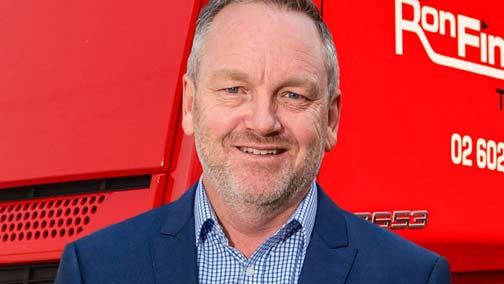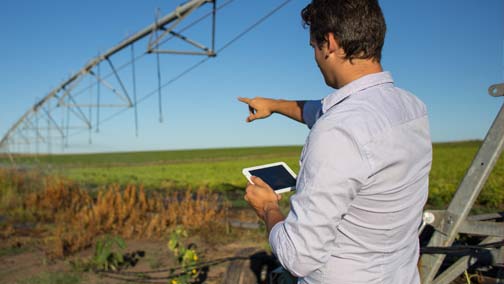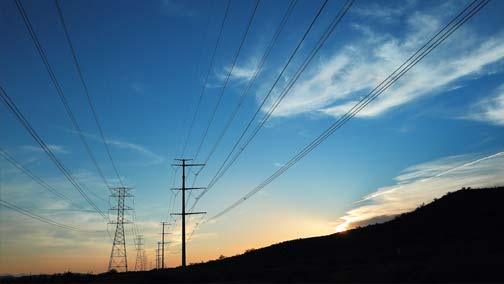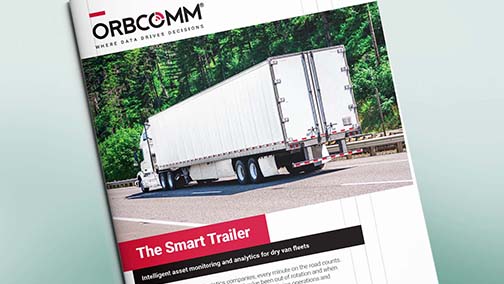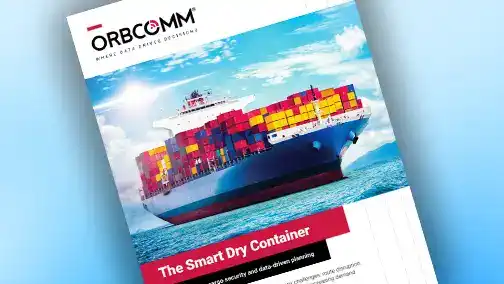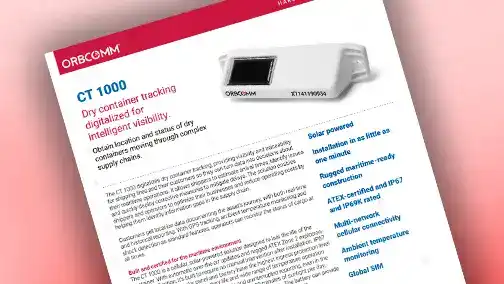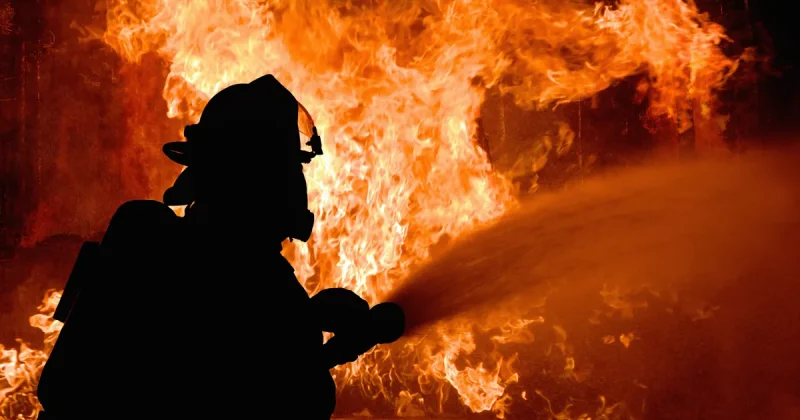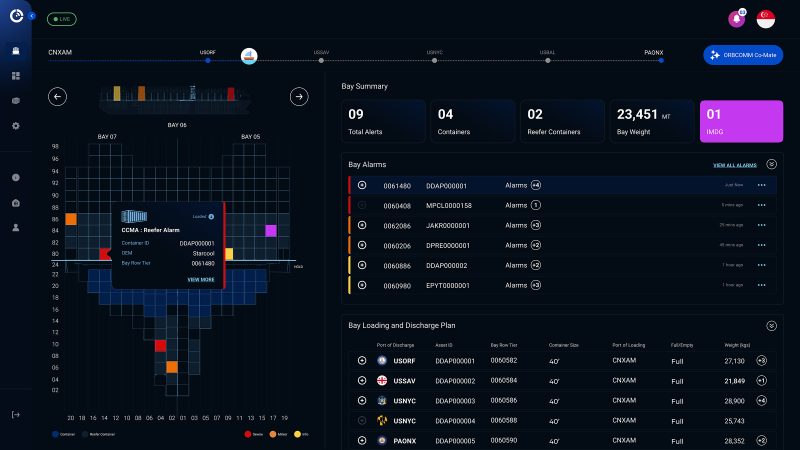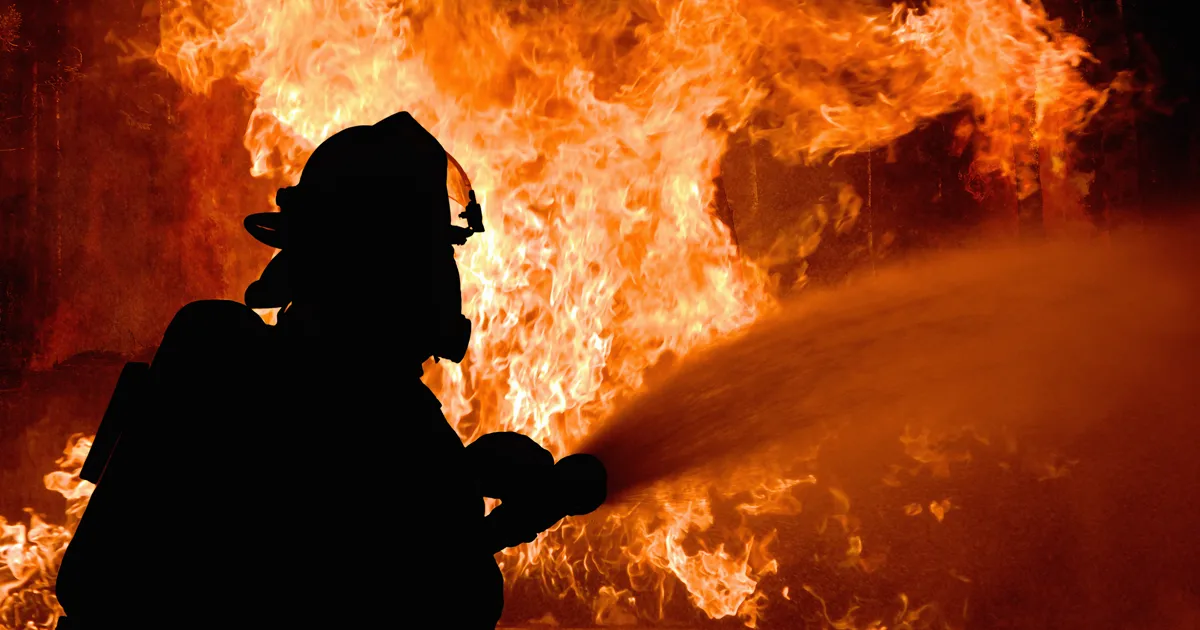
Always-connected IoT for fire and public safety: How ORBCOMM dual-mode cellular-satellite technology is saving lives
- Blog
- Value-Added Resellers
- Always-connected IoT for fire and public safety: How ORBCOMM dual-mode cellular-satellite technology is saving lives
Uninterrupted connectivity is not just a convenience for those working in fire and public safety. It is a life-saving imperative. With wildfires, floods, and other natural disasters becoming increasingly frequent, first responders need communications they can count on. Satellite-enabled IoT solutions ensure emergency response teams stay connected even when terrestrial networks are down or nonexistent.
Broad applicability
Satellite IoT has become central to modern emergency response efforts. When traditional networks go dark or are unavailable, satellite technology keeps vital information flowing to provide a primary connection in rural or wildfire-prone areas, or as a critical backup for IoT applications even in areas with normally strong cell coverage.
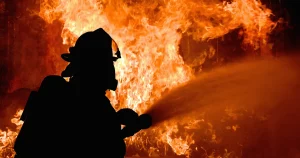
Our IoT solution provider partners are behind some of the innovative applications of the technology in the field. One example is RadioMobile’s solution for The California Department of Forestry and Fire Protection (CAL FIRE). RadioMobile uses ORBCOMM satellite services to track vehicles and crews in remote terrain where cell service doesn’t exist, providing CAL Fire with connectivity no matter where they operate.
Similarly, AMCI Wireless leverages satellite IoT to monitor water levels in flood-prone reservoirs. This helps prevent catastrophic dam failures. In Hawaii and Chile, tsunami warning systems powered by ORBCOMM satellite services ensure alerts are delivered in a timely way so people can get to safety.
Satellite connectivity supports better collaboration between federal, state, and local agencies. With interoperable platforms and satellite links, emergency teams can visualize asset locations, receive near-real-time sensor data, and coordinate across jurisdictions. Reliable connectivity makes tracking fire engines, managing disaster relief supplies, issuing early warnings for hurricanes and wildfires and much more possible. When terrestrial networks are overwhelmed, down or not available, communication channels remain available with the use of satellite connectivity.
Latest advances
Recent advancements in remote sensing and satellite imagery are transforming how we prepare for and respond to disasters. Images from the field can guide evacuation routes, assess damage, and support recovery efforts. ORBCOMM’s OGx service is optimized to support image-based IoT applications by providing larger maximum message sizes than previous generations of satellite IoT services. Now it is possible to use imagery even in constrained and low-power environments.
The arrival of direct-to-device (D2D) satellite communications could open additional capabilities and ease of use. Citizens and emergency responders have already begun using smart phones to send SOS text messages using satellite communications in remote or disconnected areas. While these solutions are in the initial stages of beta testing and use, D2D in public safety will be integral to continued advancements.
ORBCOMM is closely monitoring its evolution and evaluating its potential role in our mission to serve public safety and fire personnel around the world, while providing field-tested and commercially viable satellite IoT services via the OGx service today.
ORBCOMM’s dual-mode satellite-cellular technology ensures seamless failover between terrestrial and satellite networks. If a cellular connection is available, the system uses it for reduced data costs. If not, it automatically switches to satellite, maintaining the flow of mission-critical data without interruption. This capability is essential in evolving disaster scenarios, where network conditions change moment to moment.
ORBCOMM’s OGx service offers broad, consistent coverage. OGx is ideal for both fixed and mobile public safety deployments. The OGx architecture provides a level of stability and reach that makes it especially valuable during wide-area disasters like wildfires, hurricanes or earthquakes.
Another key to OGx’s resiliency is its robust hardware and compact, low-power devices designed for field deployment. Used in solutions that range from high-elevation wildfire zones to flood-prone regions, these devices are built to withstand harsh environments, power limitations and intermittent infrastructure availability. ORBCOMM is also developing new low-cost, small-form-factor dual-mode modules to ensure that these technologies remain accessible and scalable for those building solutions for public agencies, utilities and first responders working with limited budgets.
A commitment to lifesaving communications
At ORBCOMM, connectivity resiliency is more than a feature, it’s a foundational principle. From dual-mode connectivity and ruggedized devices to solar-powered technology, ORBCOMM is committed to delivering virtually unbreakable communication links for those who protect and serve.
When seconds matter and failure is not an option, ORBCOMM helps our partners keep emergency teams connected; anytime and anywhere.

Cody Lirette is Senior Content Marketing Manager at ORBCOMM. With over a decade of marketing and communications experience for both the public and private sector, he uses his passion for innovative technology and plain language to build compelling content that inspires action.



